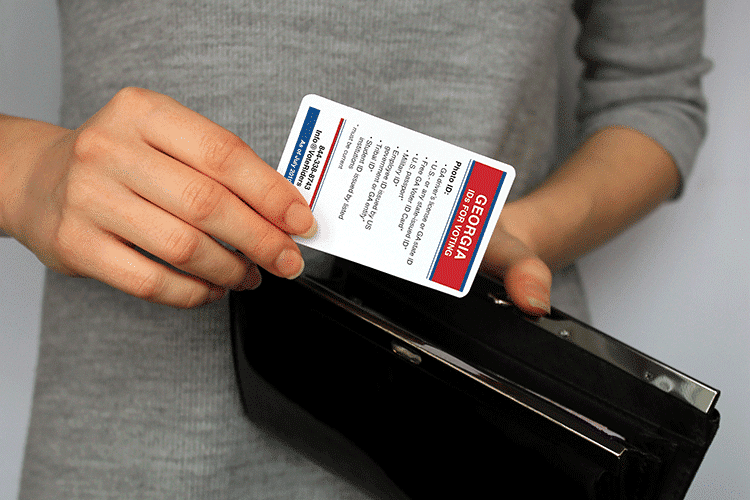If and how you need to prove your identity so your ballot will count is confusing, at best, for millions of Americans. Most at risk are the 25-40 million voters who do not have a government-issued photo ID, especially those who do not have a current driver’s license in their state.
Underlying this confusion are two factors:
- Voter ID is different from, and in addition to, voter registration.
- The types of ID that are accepted to register to vote (voter registration ID) are different from each state’s list of the types of ID that are valid when voting in person or by mail (voter ID).
Voter registration ID requirements are primarily set by the federal government under the Help America Vote Act (HAVA). If your state cannot match your driver’s license (or state ID) number or the last four digits of your Social Security number to official records, you must provide an ID document before your in-person or by-mail ballot counts (except for North Dakota, where you do not need to register).
There may be exceptions or exemptions to your state’s voter ID law if you sign a sworn statement. Examples include if you are indigent, you have a religious objection to being photographed, you live in state-licensed facility that serves as your precinct’s polling place, or because of a natural disaster.
If you have any questions about how to ensure your ballot is counted, or need 100% free help, we have voter ID experts available.
GET VOTER ID HELP

